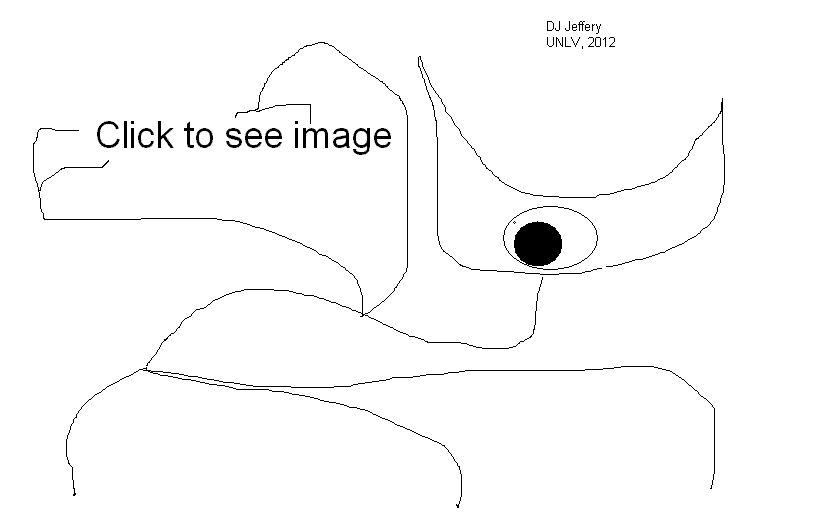
Caption: Click on the Alien to see a log-log plot of initial mass function (IMF) estimated by various authors.
Features:
- The IMF
is the mass distribution of stars
at the time of star formation.
- The horizontal axis is
stellar mass in units of
solar masses (i.e.,
units of M_☉).
- The vertical axis is df/d[log(m)], where f is the fraction of the
stellar mass per log(m) (i.e.,
per factor 10 or dex in m)
where m is stellar mass.
- The curves are normalized such that integration over all valid dlog(m) equals 1.
The curves are assumed valid from 0.1 to 120 M_☉
(see Ivan Baldry:
Note on the use of stellar IMFs in cosmology).
For example, the Scalo86 IMF is ∼ 1 for about 0.5 dex near its peak. Thus, this region integrates to ∼ 1*0.5 = 0.5 of all stellar mass described by the Scalo86 IMF.
- In order to get some insight into the the plot note that the
Salpeter IMF
is ∝ m**(-0.35) or, logarithmic representation, is a line ∝ -0.35*log(m) which is a line of
slope -0.35 for independent variable log(m).
Thus, the Salpeter IMF decreases by a factor 10**(-0.35) = 0.446683 ... per dex.
- There is probably NOT a single universal
IMF
valid for the whole observable universe
throughout
cosmic time, but there
may an appproximate one.
But we don't know what it is yet. We just have various estimates as shown in the figure.
- The IMF is also NOT
exactly the mass distribution of stars in any
region of observable universe.
The more massive the star, the shorter its lifetime as a nuclear burning object. This effect will tend to empty the higher-mass range of actual mass distributions relative to the IMF.
However, multiple generations of stars overlap and this will tend to fill in the upper mass range, but nevertheless leave lower-mass range of actual mass distributions overpopulated relative to the IMF.
Still the IMF should often be a good first approximation to the actual mass distribution in any region of the observable universe.
- The IMF as you go to well below
one solar mass is particularly uncertain
since it is hard to do a representative
census of low-mass
stars since they are rather dim.
and also since multiple generations of low-mass stars
can overlap in regions of space.
- In particular, it is uncertain where the peak of the
IMF is.
However, the authors of the curves in the figure all find that there is a peak
somewhere below 1 M_☉.
The exception is the Salpeter IMF which is an early analytic fit to the data and is NOT expected to be valid as one goes to very-low-mass stars.
- Limits on the IMF:
- The minimum stellar mass
is about 0.08 solar masses ≅
80 Jupiter masses.
Objects below this mass limit are brown dwarfs which never have ordinary hydrogen burning and are never on the main sequence. For some time in their history, brown dwarfs have deuterium burning and those above about 65 Jupiter masses have lithium burning (see Wikipedia: Brown dwarfs).
Brown dwarfs may be about as numerous as stars although their total mass may be a lot less. There is still much to be learnt about brown dwarfs. They are hard to find and study because they are small, dim astronomical objects.
- The upper limit to star mass is currently about 300 M_Sun.
Stars near and
above 100 M_sun are extremely rare and have very unusual evolutions
that are NOT well understood
(see Wikipedia: List of most massive stars).
Stellar winds may usually
limit the growth of
protostars
to less than about 100 M_Sun
on the main sequence
(CK-305--306).
- The minimum stellar mass
is about 0.08 solar masses ≅
80 Jupiter masses.
Image link: Itself.
Image website: Ivan Baldry: Note on the use of stellar IMFs in cosmology or Level 5: A Knowledgebase for Extragalactic Astronomy and Cosmology.
Local file: local link: initial_mass_function.html.
File: Star file: initial_mass_function.html.